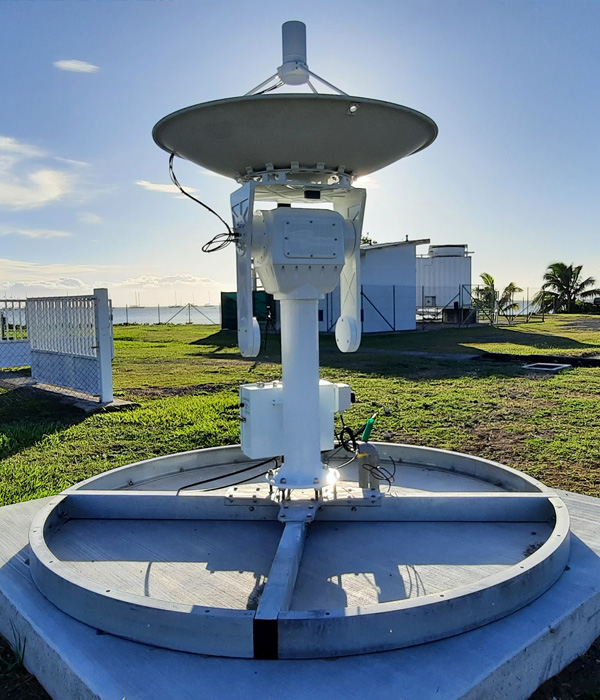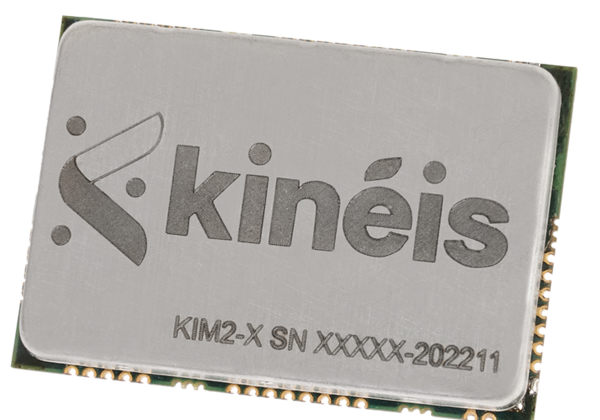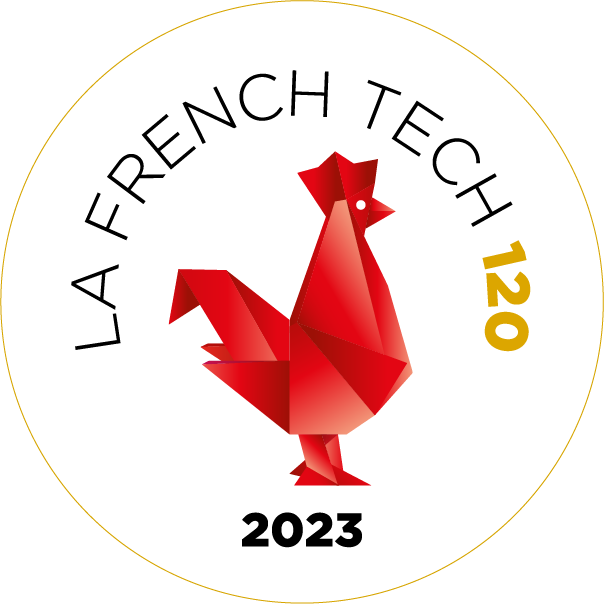Home > Newsletter > Constell'Actions July 2023

Constell'Actions
July 2023

KINÉIS CONSTELL’ ACTIONS
Kinéis Constell’Actions is the monthly newsletter devoted to progress on the design and deployment of the Kinéis connectivity system for the Internet of Things (IoT). In 9 symbolic months' time, the first launch, scheduled for spring 2024 in New Zealand, will initiate the deployment of the constellation of 25 nanosatellites. Read on to find out what the Kinéis teams are doing to make this human and space adventure a success. Welcome aboard and enjoy your reading!
INTEGRATION OF THE PROTO-FLIGHT MODEL (PFM)

Kinéis and Hemeria have been fully mobilized for the integration and validation of the first flight model of the satellite series, the Proto-Flight Model (PFM), which should enable the satellite to be qualified before starting the manufacture and acceptance of the other 24 satellites in the constellation. This is a crucial stage in the program and one in which teams from the Technical Department are heavily involved. Hemeria is responsible for satellite integration and testing, while Kinéis carries out the payload tests, particularly performance tests, and validates the associated results.
In June, Hemeria completed the integration of the PFM satellite, including closing the side panels, fitting the launcher separation flange(1) and installing the MLI(2) (Multi-Layer Insulation) and SSM(3) (Secondary Surface Mirror) thermal control elements. The latest available versions of the flight software, both platform and payload, have been loaded on board. Initial functional and performance tests are underway to check that everything is working properly and to characterize the satellite's initial state before the major environmental tests.

Next step: to test the satellite in a vacuum, at the extreme hot and cold temperatures it will encounter in flight. This is a major test that will take around 10 days.
(1) The next step is to test the satellite in a vacuum, at the extreme hot and cold temperatures it will encounter in flight. This is a major test that will take around 10 days.
(2) MLI (Multi-Layer Insulation): multi-layer insulation, made up of several layers of thin sheets to limit heat loss or exchange through radiation.
(3) SSM (Secondary Surface Mirror): a coating applied to the satellite's external radiative surfaces to obtain high emissivity and low solar absorptivity characteristics.
DEPLOYMENT OF 2 GROUND REMOTE STATIONS (GRS) IN INDONESIA AND FRENCH POLYNESIA
The 19 Ground Remote Stations (GRS) are an essential component in the performance of Kinéis’ connectivity for the Internet of Things. In particular, they enable satellite data to be downlinked and commands to be sent to the satellites. The more stations are deployed with optimized geographical positions, the faster the data received by the satellite is made available to the user. Kinéis is responsible for deploying the GRSs right up to the first launch, to ensure that the constellation operates under optimum conditions.

In June, two ground stations were deployed in the Asia-Pacific region. The first, consisting of an antenna without a radome (a protective cover placed over the antenna to protect it from bad weather), was installed in Bogor, Indonesia, to the south-west of the capital Jakarta, on the BRIN antenna site (Indonesia's national research and innovation agency). Negotiations began in 2021, followed by a site survey to confirm the compatibility of the location in terms of frequency transmissions and reception with the constellation's satellites. These conclusive tests were completed during the final preparation of the site for the installation of the antenna.
For the second ground station, Kinéis' partnership with Météo France facilitates the installation of GRS in French Guiana, Reunion Island, New Caledonia, and French Polynesia. For the deployment of the two antennas and their radomes in Papeete, the survey site took place in January 2022, with the equipment shipped by sea in the autumn. Preparations for the site, close to the airport, began in 2023, with successful installation last June.
START OF ROUTINE TECHNICAL QUALIFICATION TESTS

Last month, an integrated Kinéis-CNES team of around twenty people began the regular Technical Qualification testing of the constellation in the Kinéis Operations Room at the CNES space center in Toulouse. As part of the Kinéis program, CNES is developing the satellite Command and Control Center and plays a central role in operations. These tests are part of the 3 phases of the system validation. The first is the compatibility phase, during which the components are put into dialogue with each other (for example, the satellite's RF link with the GRS). This phase, which began in December 2021, will last almost a year.
The second phase is the Technical Qualification phase, during which the teams perform functions on the complete system: ground segment and satellite segment. These regular tests cover routine situations with the satellites in position, as well as the LEOP(1)phase (Launch Early Operations Phase), which corresponds to the latest satellite's position in orbit. After a series of tests under nominal conditions, the scenarios are then enhanced by injecting anomalies into the simulator. An anomaly case, for example, is used to validate the proper management of a satellite that goes into Safe mode (mission aborted, reduced functions mode, solar panels facing the sun, no precise pointing).
The third phase called the Operational Qualification phase, will train and coach the teams in their ability to manage the various operational phases of the Kinéis constellation: launches, routines, and anomaly management.
Next stage : validation of commands and control sequences between the 'Flat Sat' (a 'flat' version of the satellite with no structure) and the Control Centre (CC), in a clean room at Hemeria. Tests will start around 20th July.
(1) LEOP (Launch Early Operations Phase): delicate sequence from satellite separation from the launcher to stabilization in orbit, lasting around 48 hours.
KINÉIS KIM 1 MODULE RECEIVES US FCC CERTIFICATION
Kinéis has just received a license from the Federal Communications Commission (FCC) to market the KIM 1 module on the American market. The FCC is an agency of the US government, created by the US Congress to regulate telecommunications. Having obtained the license to transmit in this territory, this is a new and promising step for the Kinéis sales teams.
.

PRODUCTION AND TESTING OF THE KINÉIS KIM 2 PRE-SERIES

Kinéis has launched the production of around 100 pre-production units of the KIM 2 module, which is currently undergoing testing and will be commercially available once the performance, manufacturability, and testability results have been obtained from the production bench.
The KIM 2 module provides uplink and downlink connectivity between the device and the satellite. Its bi-directional communication differs from the KIM 1, which operates in uplink mode only. The pre-production KIM 2 module will also pass European (CE) and American (FCC) certification tests.


À propos
Créé en 2018, Kinéis est un opérateur IoT satellitaire.
© kineis - IoT everywhere - 2023
Nous contacter
Adresse
11, rue Hermès
31520 Ramonville-Saint-Agne
France
Téléphone
05 61 39 47 00
Liens
FAQ
Espace presse
Newsletter
Actualités
Politique de confidentialité
Politique de cookies
Plan du site
Restons connectés





